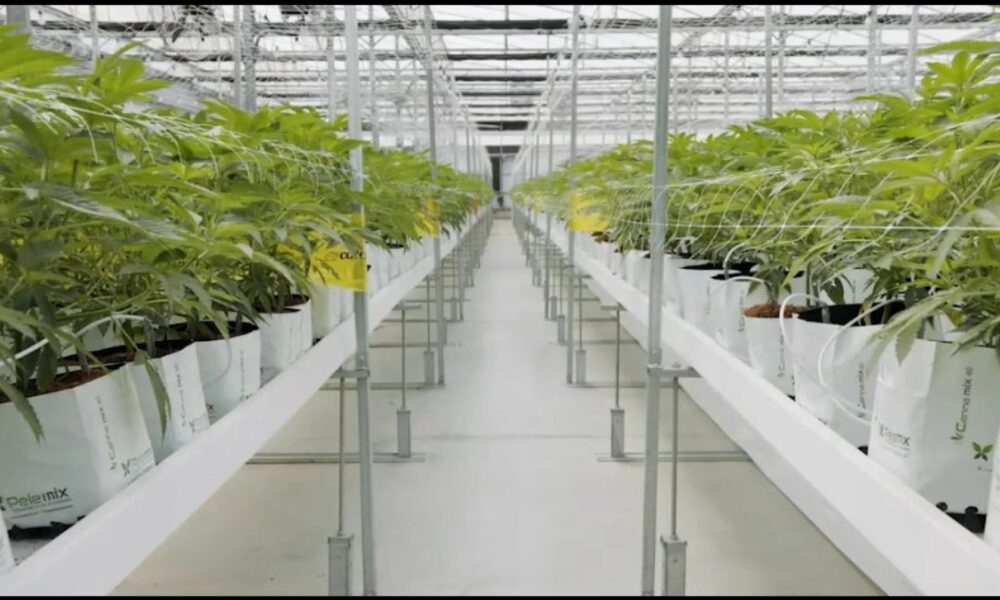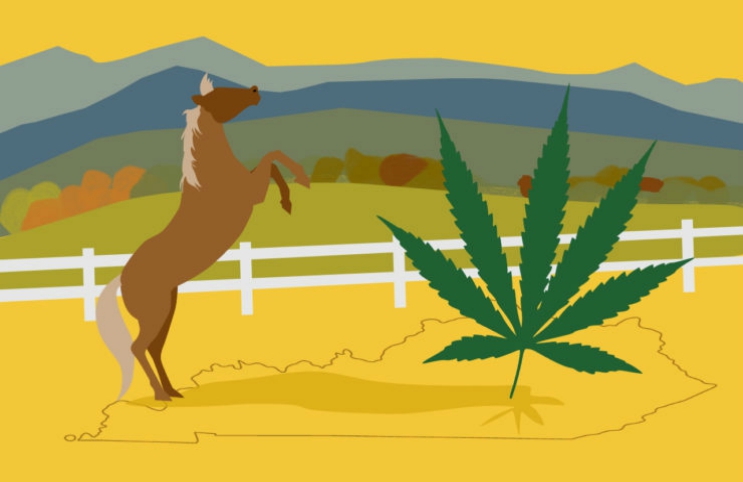Kentucky
Marijuana Retail Report

Kentucky
Marijuana Retail Report
Cultivation
Marijuana Retail Report
-

 Cannabis News2 months ago
Cannabis News2 months ago“Our system can manage equipment across 10,000+ m² using just a few wires”
-

 Florida3 months ago
Florida3 months agoFlorida Workshop to Discuss What Constitutes a ‘Cartoon’ in Hemp Packaging
-

 Canadian Cannabis News3 months ago
Canadian Cannabis News3 months agoGerman Retail Acquisition Pending for High Tide – New Cannabis Ventures
-

 Video3 months ago
Video3 months agoRe-release of the full show of Cannabis Coast to Coast news. Republican Texas DA Fires Up vs. laws;
-

 Best Practices3 months ago
Best Practices3 months agoYour Cannabis Business: Consistent Filings Are Critical
-

 Video3 months ago
Video3 months agoFrom Finance to Wellness: Brad Zerman’s Impactful Pivot
-

 Cannabis Products & Services News3 months ago
Cannabis Products & Services News3 months agoIIPR Extends Beyond Cannabis – New Cannabis Ventures
-

 aawh3 months ago
aawh3 months agoWeak Michigan Cannabis Sales Again in July – New Cannabis Ventures
























